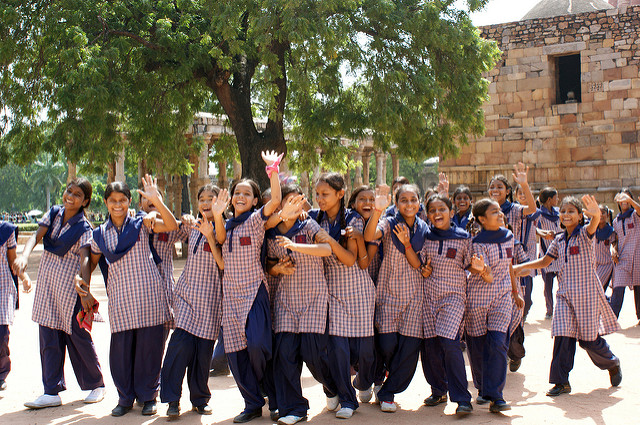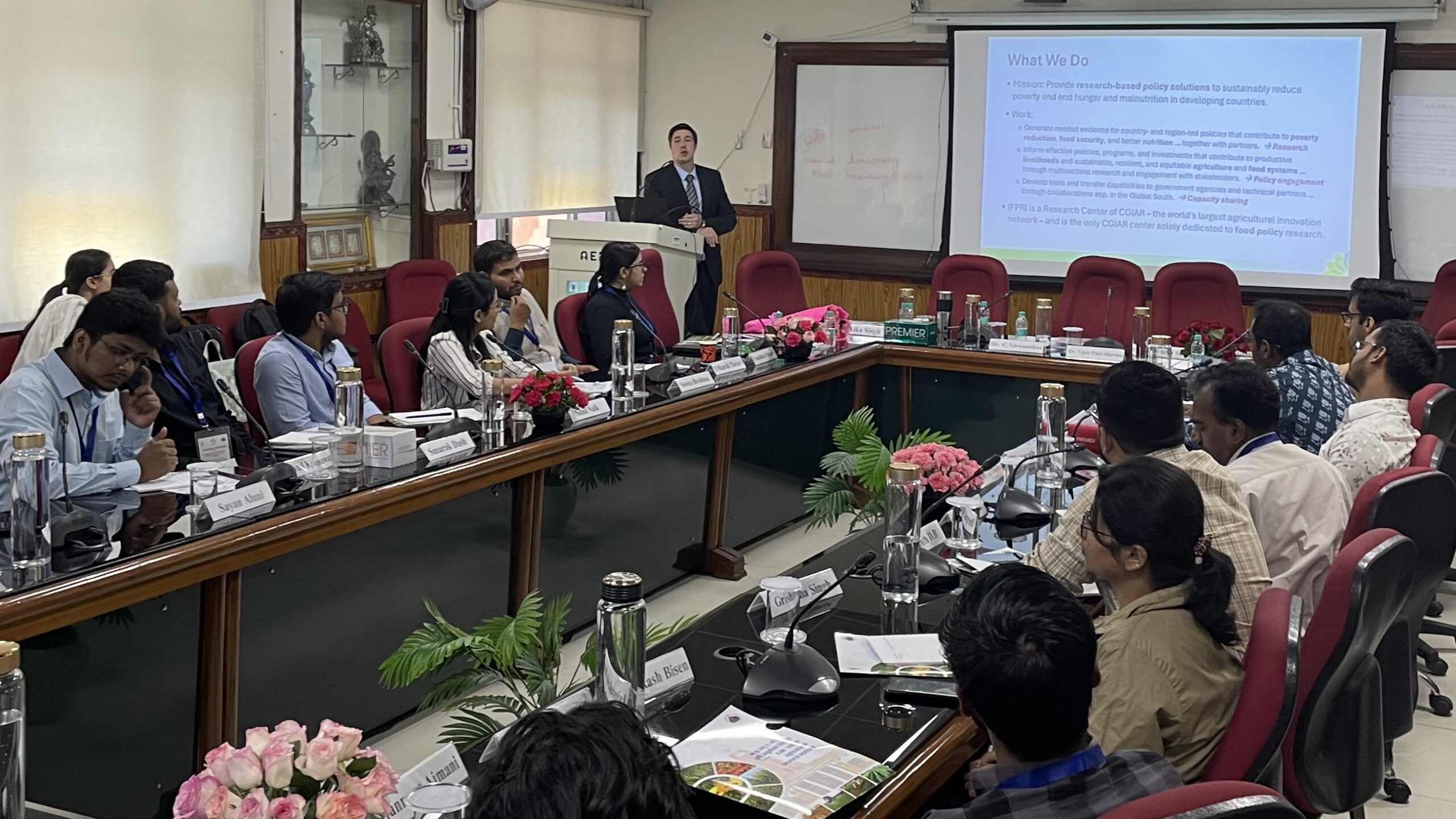On July 11, 2016, the international community observes World Population Day, and this year’s theme is “Investing in teenage girls.” Evidence has shown that empowering adolescent girls can break the cycle of poverty for themselves and for their families. It is the aim of this year’s World Population Day to emphasize the importance of allocating more resources to improve the opportunities available to adolescent girls.
For over 20 years, IFPRI has been building evidence on the important role of women in agriculture, food and nutrition security, and poverty reduction. IFPRI has been at the forefront of understanding women’s decision-making and its impacts, and measuring the complex dimensions of women’s empowerment by developing the Women’s Empowerment in Agriculture Index. Within its gender research, IFPRI also strengthened the evidence to promote cutting-edge interventions and investments in adolescent girls.
In the late 2000s, the United Kingdom’s Department for International Development (DFID) and the Girl Hub commissioned a series of five issue papers synthesizing key evidence on improving the lives of adolescent girls. One of these issue papers, released in 2012, “Investments in adolescent girls’ physical and financial assets,” was written by IFPR researchers. The paper focused on how to strengthen poor adolescent girls’ ability to invest in and accumulate physical and financial assets.
In 2013, IFPRI evaluated the effectiveness of information and communications technology (ICTs) and village health clinics at improving the nutrition of adolescent girls in Peru. The study, “Are there nutrient-based poverty traps? Evidence on iron deficiency and schooling in Peru,” found that ICTs are effective in increasing iron supplement intake among teens, reducing iron deficiencies in recipients within three months. As a result of improved health, participating adolescents significantly improved their school performance. IFPRI’s findings were presented to Peru’s Minister of Education, which along with other studies helped inform the implementation of a pilot program to connect schools to the Internet and use similar ICTs to convey messages to kids.
Education is also important to empowering adolescent girls. In 2014, IFPRI, with support from the United Nations Development Programme, evaluated the impact of a social protection program, Bolsa Família, on education outcomes in Brazil. Under this program, parents must keep their children in school to receive cash transfers. IFPRI’s study, “The impact of Bolsa Família on schooling: Girls’ advantage increased and older children gain,” found that the program significantly increased school participation of adolescent girls by 8 percentage points across the country and by 16 percentage points in rural areas. The evaluation also showed that girls were 10 percent more likely to advance to the next grade if they received benefits from Bolsa Família, 28 percent more likely for beneficiaries in rural areas. IFPRI’s work showed that social protection programs are viable mechanisms to empower teen girls through education.
For a downloadable PDF of this post, click here. For more Outcome Stories, see the Outcome Stories blog.







